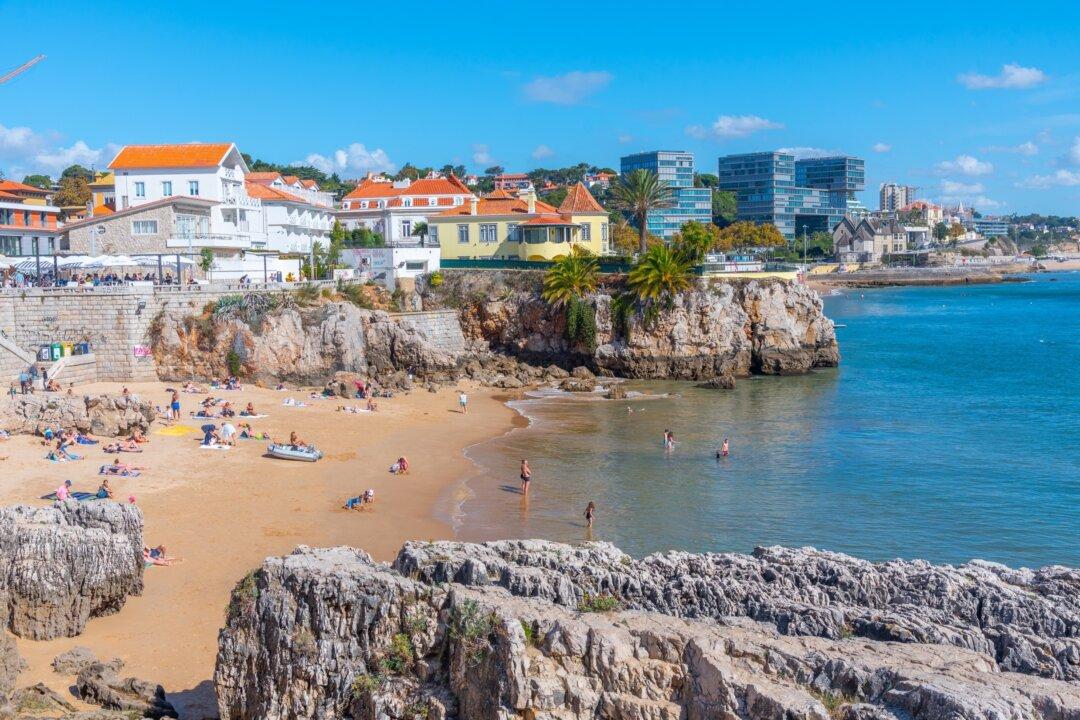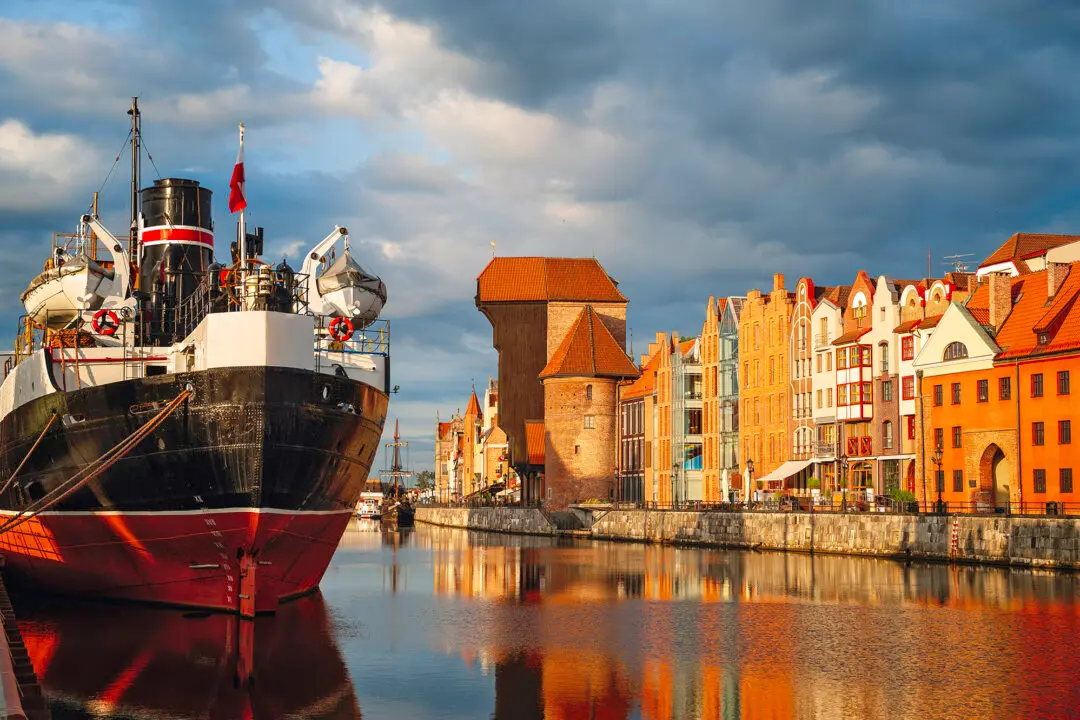On my visits to Portugal, I have been twice foiled in attempts to spend time in Cascais. To be fair, the first time it was an issue of ignorance on my part. I had a scant idea of the beauty and wonder of this place. Invited for lunch with a friend at a beachside hotel there, with a full afternoon planned elsewhere, I ate my meal a little too quickly. We then rolled back through the lovely town center of Cascais with looks of marvel on our faces. Looking at each other, we said, “Why didn’t we spend more time here?”
I endeavored to return as soon as possible. But on my second attempt, the timing was just pure bad luck. While visiting Lisbon, Portugal, with my sister’s family, we blocked out an entire day for Cascais. During months of planning, I sang the praises of this seaside town—what little I’d seen of it, anyway. It was a cornerstone of the Lisbon part of our trip.





